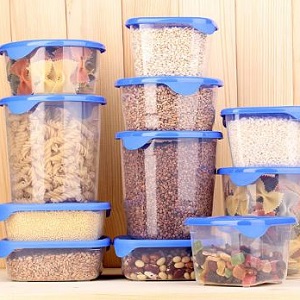New Compostable PLA-based Packaging for Cosmetic Products

Toxicologists have developed a new biodegradable packaging that helps cosmetics firms meet customers’ demand for environmentally friendly packaging at Heriot-Watt University. The new packaging solves a conundrum for cosmetics firms that currently sell organic, ‘clean’ products in plastic containers made from fossil fuel products that cannot degrade and will forever remain in landfill. PLA-based New Packaging The new packaging is made from polylactic acid (PLA) , which can be obtained from renewable resources like corn starch or sugar cane and is compostable and biodegradable. Polylactic acid (PLA) was selected as the plastic for the new packaging, but in order to improve the performance of this plastic, and to increase the shelf life of the cosmetic product, two different materials were incorporated. Nano clays and rosemary extract were added as the nano clays improve the barrier properties of the product and rosemary extract acts as an antioxidant to protect the cosmeti





